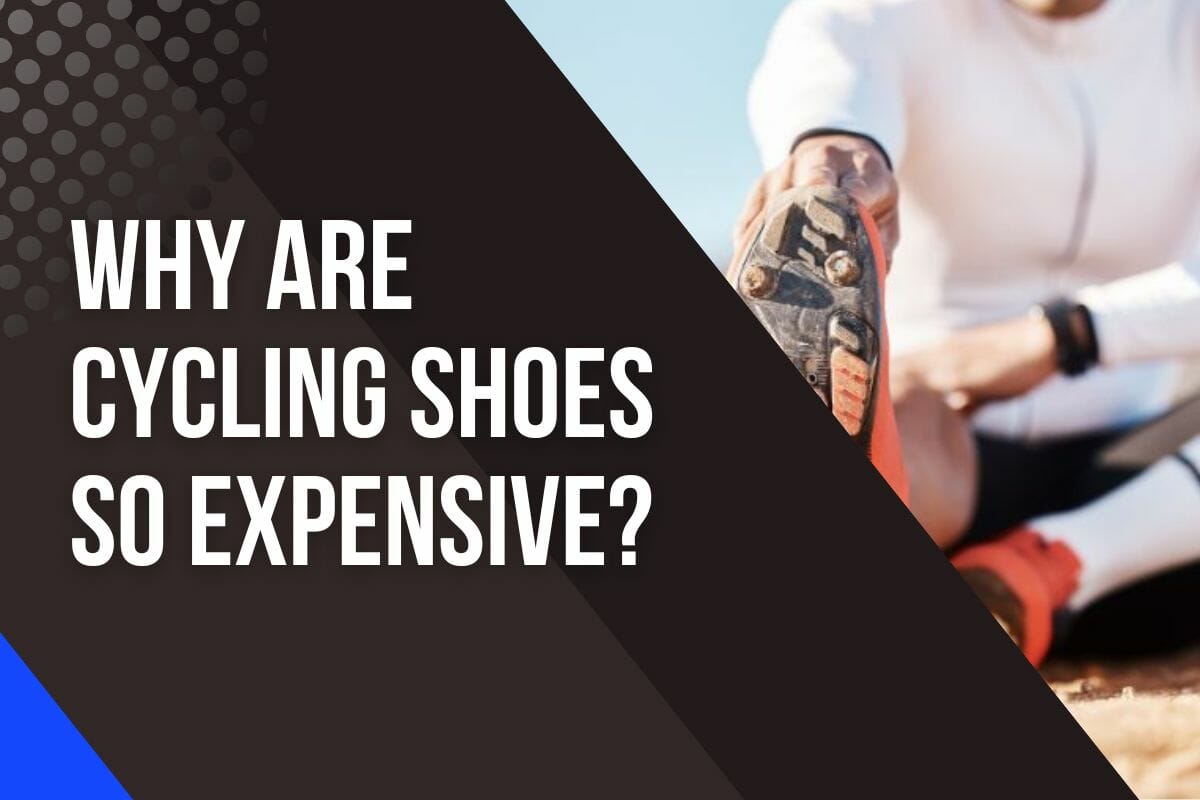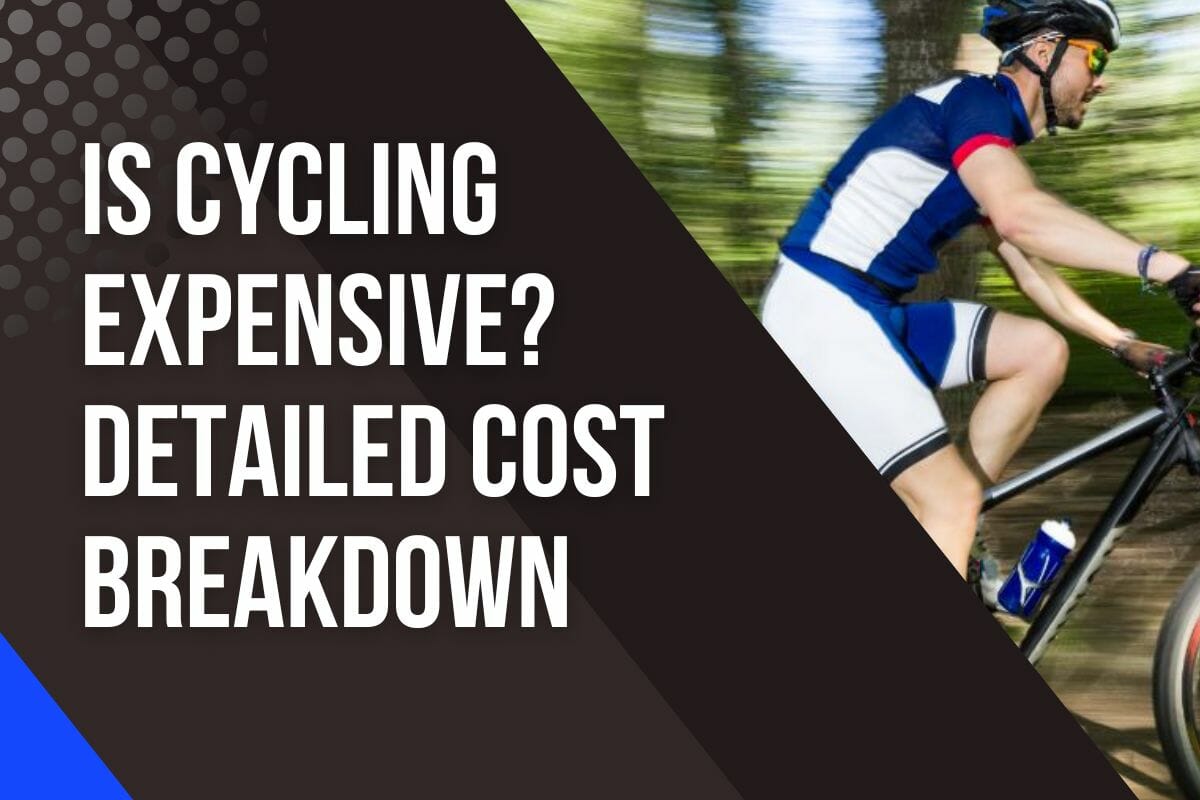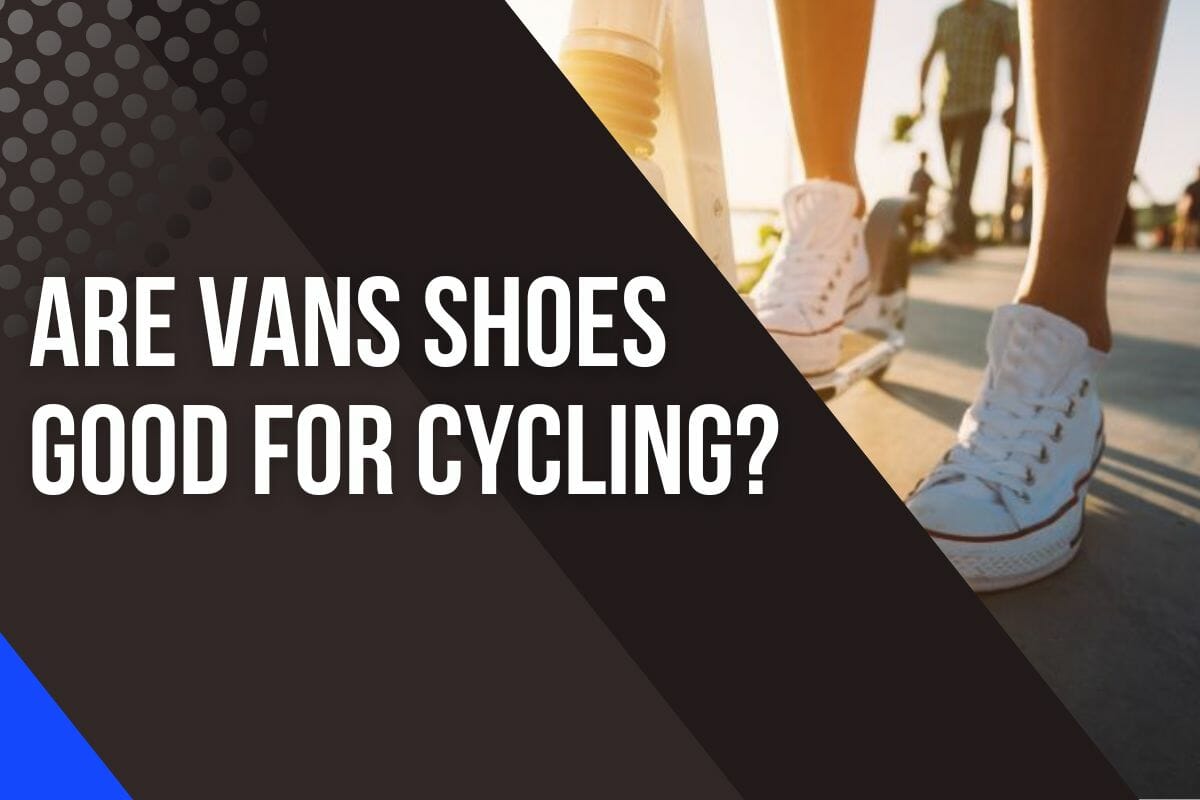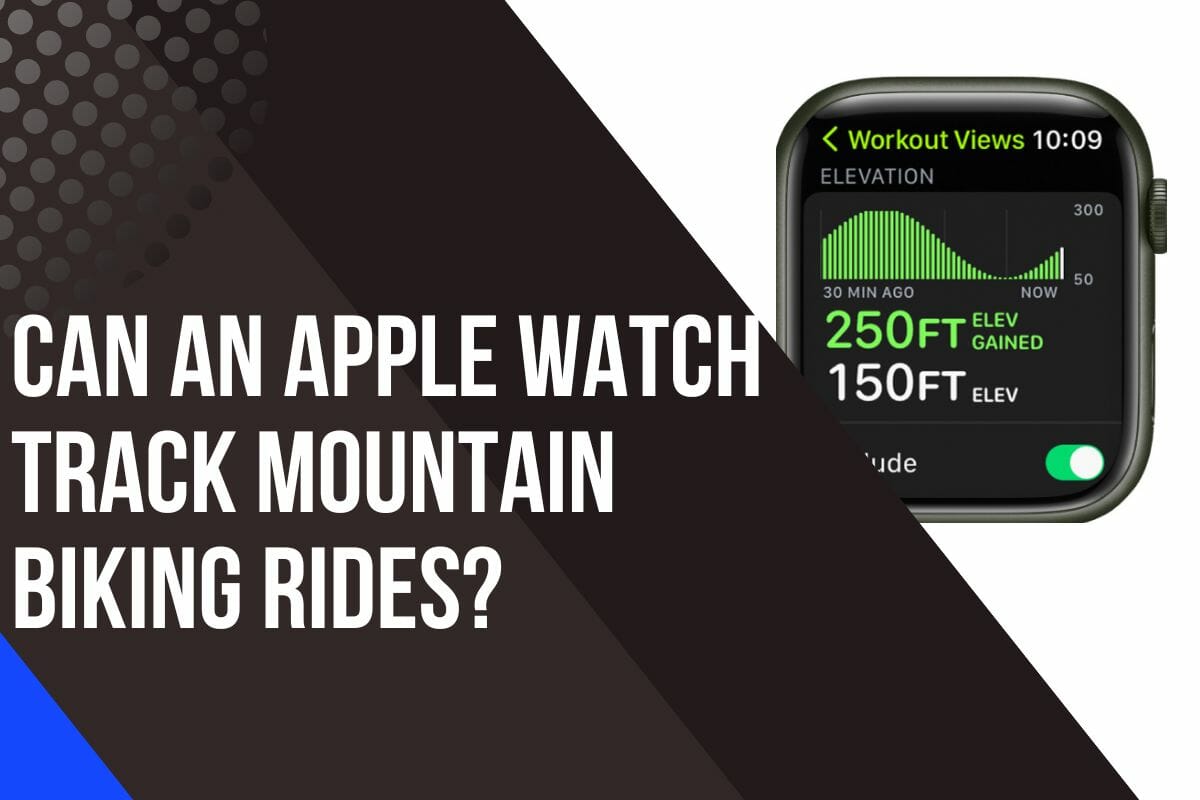Why Are Cycling Shoes So Expensive? (Is It Worth It?)

When you’re shopping for a new pair of shoes, comfort, and style are probably the first things that come to mind.
But when it comes to cycling shoes, there is much more to consider than just how they look.
From lightweight materials to extra support, cycling shoes are designed with a purpose that can make them an expensive but essential addition to your collection.
So why exactly are cycling shoes so expensive?
In this article, we’ll explore the purpose of cycling shoes, the differences between cheap and expensive models, and what kind of bike shoe fits your budget.
What Makes Cycling Shoes Expensive?
When I first started cycling, the cost of a decent pair of cycling shoes was an intimidating prospect.
It seemed like all the good ones were expensive and I wasn’t sure what exactly made them so much more than regular running or tennis shoes.
I soon discovered that there are several features that set cycling shoes apart from other types of footwear and make them worth their price tag.
The primary reason why cycling shoes tend to be pricey is due to their design features.
The most important factor is power transfer.
Cycling shoes have stiff soles that don’t flex when you’re pedaling, allowing your energy to go straight into the pedals rather than being lost in the movement.
Additionally, some mountain bike shoes and many road cycling shoes come with clipless pedals which offer even better power transfer.

They also come with durable materials such as synthetic leather and carbon fiber, as well as velcro straps (cheaper model) or ratchet mechanism and Boa-style dial (more expensive model) for easy adjustment.
Professional cyclists are always looking for ways to maximize their performance, and cycling shoes offer them the comfort, protection, and competitive edge they need.
That’s why these shoes can be so expensive; the demand for them is high and people are willing to pay to get the most out of their ride.
Why Should I Use Cycling Shoes?
The primary purpose of a cycling shoe is to secure your foot to the pedal for a safe, comfortable, and efficient ride.
Cycling shoes have stiffer soles than regular sneakers, which helps with energy transfer from your legs to the pedals.
This allows you to pedal more efficiently as well as prevent soreness in your feet and calves by providing cushioning on hard surfaces like cement or asphalt roads.
Most cycling shoes feature cleats that attach directly to the sole for extra stability when pedaling. This prevents your foot from slipping off the pedal.
4 Reasons Why Cycling Shoes Are Important For Cyclists
Cycling shoes are an important part of a cyclist’s kit. They provide improved power transfer, protection, and comfort while riding. Here are some reasons why cycling shoes can be worth the cost.
For cyclists who take their sport seriously, investing in a quality pair of cycling shoes is essential for both safety and performance purposes.
Although expensive up front, they can last many years if properly maintained with routine cleaning and care.
1. Maximizes Your Performance By Attaching Your Feet To The Pedals
Attaching one’s feet to the pedals via a cycling shoe can lead to a dramatic increase in performance while riding.
This form of foot-pedal attachment provides tremendous benefits that cannot be found with any other type of shoe or pedal system.
On a traditional two-sided pedal, riders are only able to use the power of the downstroke when pushing against the pedal with each revolution of the wheel.
This leaves many muscles and joints working over time and can result in fatigue or even injuries on long rides.
By attaching your feet to a clip-in or cleated cycling shoe, you can benefit from both the down and upstrokes of the pedal, maximizing their power output.

With this combination, you are able to push the bike forward both when pushing down and pulling up against the pedal.
This extra boost in performance allows for longer rides with better speed, endurance, and overall comfort.
Attaching your feet to the pedals also helps improve control over their ride.
The ability to pull up on one foot while pushing forward on another gives riders more accurate control of torque production – they can apply an even amount of pressure throughout both strokes rather than relying on either one exclusively.
Record-breaking athletes have discovered that this even distribution produces higher speeds than traditional methods could ever hope for.
2. Prevents Your Foot From Flexing And Injuries
The construction of cycling shoes helps prevent unwanted foot flexing that otherwise would result in an efficient pedal stroke or injury.
The stiff sole creates an unyielding surface underneath the foot so it won’t bend during each pedal stroke.

The wide cleat box allows for a larger area of contact between your shoe and pedals which makes sure your foot doesn’t move around as you ride.
3. Provides Comfort
Cycling shoes offer more than just the prevention of foot flexing. They also provide comfort and a snug fit for cyclists, allowing them to perform at their best on long rides.
Many cycling shoes are designed with additional padding in the heel and arch areas that work together with the shoe’s stiff sole to create a secure connection between the cyclist’s feet and pedals.

This helps reduce fatigue while providing better control over bike movements such as shifting gears or climbing hills.
The snug fit of cycling shoes keeps your feet from sliding around inside the shoe, which can lead to blisters and another discomfort during extended use.
4. Extra Protection From Toe Bumper And Heel Cups
Cycling shoes are designed with rubber toe bumpers and plastic heel cups that offer lightweight protection for your feet while cycling.

Toe bumpers provide extra support and cushioning, as well as an additional layer of protection from bumps and shocks.
Heel cups serve the same purpose but it surrounds the back of the foot.
How To Attach My Cycling Shoes To The Pedals?
Cycling shoes attach to the bike pedals via cleats or clips located on the sole of the shoe.
Cleats come in various sizes and materials and must match up with the type of pedal installed on your bike.
Different types of cleats can be used depending on what type of riding you do, such as mountain biking, touring, or racing.
The quality and design of these cleats have a direct impact on how well they will hold onto the pedals while providing maximum power transfer from foot to pedal.
Cheap Versus Expensive Cycling Shoes
Cheaper bike shoes are made from lightweight synthetic materials with thinner soles that don’t offer better power transfer when pedaling and use Velcro straps for fit adjustment.
They also tend to wear out quickly and lack the comfort of more expensive pairs.
On the other hand, expensive cycling shoes are made with stiffer soles to ensure a better power transfer when riding.
They also use durable materials such as carbon fiber or leather which provide better support for your feet while riding with a ratchet mechanism for fit adjustment.
If you want to get the most out of your ride, investing in a decent pair of bike shoes is essential.
While it may be tempting to go for the cheaper option at first, you will end up replacing them sooner than you would with an expensive pair.
The higher cost might seem daunting but it will pay off in the long run as you’ll be able to enjoy your rides for much longer!
So, Are Cycling Shoes Worth It? Should I Get it?
There is no one-size-fits-all answer.
You must evaluate your goals, needs, and price range to determine what is truly worth it for you.
Fortunately, there is an extensive range of options available, so virtually everyone can find something that matches their needs.
For instance, someone who only uses their shoes for spin class may prefer a budget model, as they do not need all the bells and whistles that come with a more expensive option.
On the other hand, competitive cyclists may be willing to drop a bit of cash for a set of shoes that offers all the performance features they need to reach their peak performance.
At the end of the day, cycling shoes can provide significant benefits to riders of all levels.
How Much Should I Pay For Cycling Shoes?
Generally speaking, if you’re looking for affordable cycling shoes, you will find that prices range from around $50 up to several hundred dollars depending on the features needed.
Most of the time, you can get quality shoes for under $100.

However, higher quality models can last longer and provide greater stability when pedaling – making them worth investing in over cheaper alternatives in the long run.
No matter what type of shoe you choose, investing in proper cycling footwear is essential for both comfort and safety while riding your bike!
My Verdict
Cycling shoes are an important piece of gear for any cyclist.
They provide support and protection to the feet when riding and can last a long time if taken care of properly.
I personally believe that investing in a good pair of cycling shoes is essential, especially if you plan on doing longer rides or more aggressive terrain.
The cost may seem high at first, but it will pay off in terms of safety, performance, and longevity.
Plus, having a comfortable ride makes all the difference.





